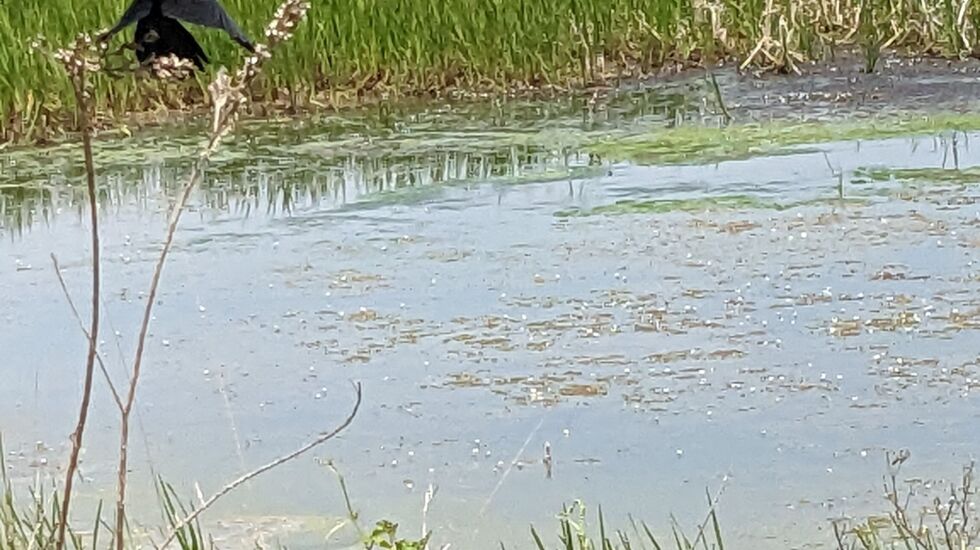
Jerry Adelmann stays true to his roots, even though the world-trotting conservationist has traveled everywhere from Myanmar to China.
“Lockport Prairie,” he answered immediately when I asked his favorite area wild space while we sat in the Openlands office overlooking Washington Street in the Loop. “As a boy, we would drive through for a shortcut. There were egrets and herons, it kind of looked like the Everglades.”
After returning home from youthful travels, he learned it is an extremely rare dolomite prairie. The Forest Preserve District of Will County now owns the dedicated nature preserve.
Change is part of conservation, including on the personal level.

Adelmann is retiring this year as president and CEO of Openlands. It’s time. Openlands, which promotes urban conservation, is celebrating its 60th year.
He’s 73, but looks younger. “Quite frankly, I could go on another 10 years,” he said.
He’s from six generations in Lockport and Will County. He attended Joliet Catholic, then went to Georgetown.
“Never thought I would come back here,” he said.
His graduate work was in American studies and historical preservation. Eventually that led him to thinking of Lockport and other canal towns.
Adelmann “joined Openlands in 1980 to coordinate a special program that led to the creation of the Illinois and Michigan Canal National Heritage Corridor, the first federal land designation of its kind.” By 1982, he had founded the Canal Corridor Association.
In 1988, when Openlands was looking for a new executive director, Gaylord Donnelley and Brooks McCormick told him he should head Openlands and be president of the Canal Corridor Association.
“That is how I came to this amazing organization,” Adelmann said.
As he leaves, Openlands feels well placed. During his leadership, Openlands’ net assets grew from “under $100,000 to over $35 million in 2022, including a $9 million endowment.”
More importantly, Openlands has decades of being a good partner in conservation.

Early on that included such projects as saving Goose Lake Prairie and preventing Richard J. Daley from building an airport in Lake Michigan.
My personal favorite Openlands project is relatively small and recent. But mapping water trails in Illinois (paddleillinoiswatertrails.org) was much needed.
The gaudiest success was the work with dozens of partners to establish Midewin National Tallgrass Prairie.
First Board president Jeff Short was behind it. The Illinois Department of Conservation documented the rare birds in the tallgrass. Key funding came from the MacArthur Foundation.
Openlands’ Joyce O’Keefe was a driving force behind the push that culminated with President Bill Clinton signing the legislation to establish Midewin on Feb. 10, 1996.
“I am very happy with it, but we have a long way to go,” Adelmann said.
He would like to see the site continue with clean up, ecological restoration and maintenance with a strong emphasis on making it accessible and successful.
“Openlands is good for assisting big projects,” Adelmann said.
Such as Openlands launching the 21st Century Open Space Plan for expanded parklands, greenways, and trails in the greater Chicago area.
“I call it the web of green and blue,” Adelmann said.
Plans are nice, but as Adelmann knows, it’s “the nitty gritty of putting it together.”
Take the grassroots effort behind what became Hackmatack National Wildlife Refuge around the Wisconsin-Illinois line. They reached out to Openlands for help. That culminated in 2012 with Hackmatack NWR as part of President Barack Obama’s America’s Great Outdoors Initiative.
Adelmann’s not the retiring sort. He will remain active, especially in conservation and historic preservation projects in China, something he’s done for decades, and with his work with the Yangon Heritage Trust in Myanmar, “advising on regional planning and sustainable development.”








